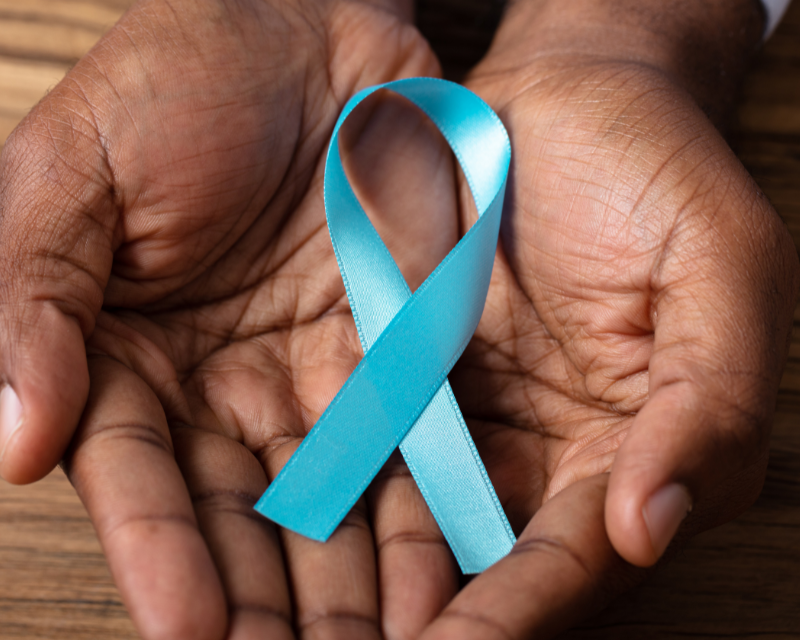
From zip ties to car seats to perfumed roses, there are a lot of scary rumors out there about how people get recruited into human trafficking. None of them are true – at least that is what we have learned after 15 years of operating the U.S. National Human Trafficking Hotline. But the reality is, in some ways, equally frightening: The vast majority of trafficking victims know and often love or trust their traffickers, who are family members, so-called friends, intimate partners, or even prospective employers.
Still that scary stuff in your social media feed can – understandably – begin to make you wonder. After all, it is somehow easier to imagine that strangers will do us harm than someone we know and care about. You can learn more about traffickers’ use of romantic and family love and a sense of belonging to lure people into exploitation by clicking here. As for that other stuff – about being followed around a Target that you saw on Tik Tok … Well, see below:
Sign up to learn more about human trafficking and how you can help
The information below is what we learned looking at contacts made to the Trafficking Hotline since 2015 when we began collecting this kind of data. It shows clearly what not to be scared of – stranger danger.
- Trafficking rarely begins with abduction. In the cases reported to the Trafficking Hotline during this time period, only 6 percent of victims, where entry method into trafficking was known, reported being abducted into their trafficking situation.
- Kidnappers/abductors are not necessarily strangers: Abductions/kidnappings as a precursor to trafficking can be perpetrated by people known to the victims, such as people involved in gangs, members of the victim’s family or an intimate partner.
- Trafficking recruitment methods popularized on social media do not match the reality of what we’re seeing. Despite several, recurring viral social media posts warning about the use of zip ties being used to mark the vehicles of potential victims, car seats being used to lure people into trafficking situations, or drug-laced flowers to incapacitate potential victims, there are no mentions of any of these methods being used to recruit or lure people into trafficking situations.
- Traffickers generally leverage an existing relationship to recruit victims. As we’ve highlighted in previous years, our data from 2015-2021 shows that traffickers most commonly exploit a familial relationship (21%), an intimate partnership (23%), or recruit their victims through a legitimate job offer or advertisement (36%).
Bottom line: If you are concerned about human trafficking, take time to learn and understand what makes people vulnerable and how you can keep yourself and your community safe. And if you see a rumor about human trafficking in your feed that sounds a little off, check a reliable source – not someone who is trying to rack up views on their social media channel! Then share the real story of human trafficking, not the rumors.
Stop human trafficking today
Help fix the broken systems that make trafficking possible so we can prevent it from happening in the first place.



